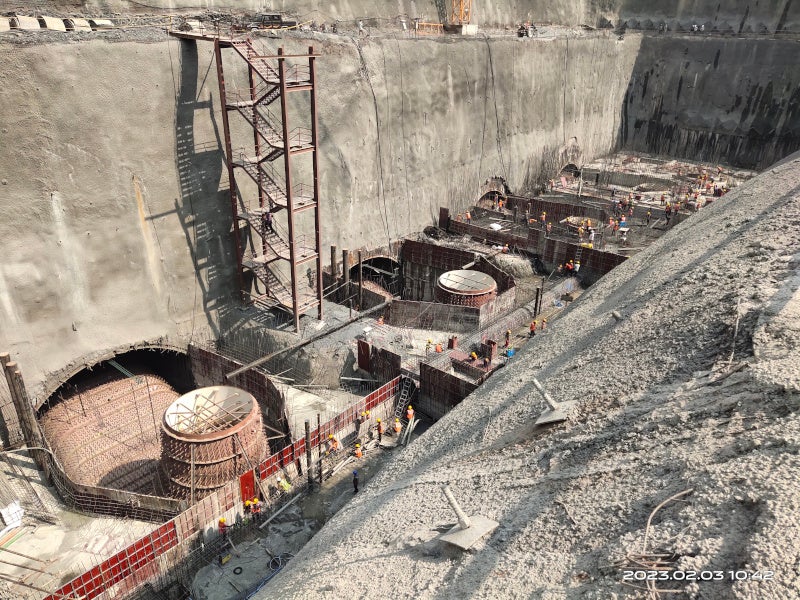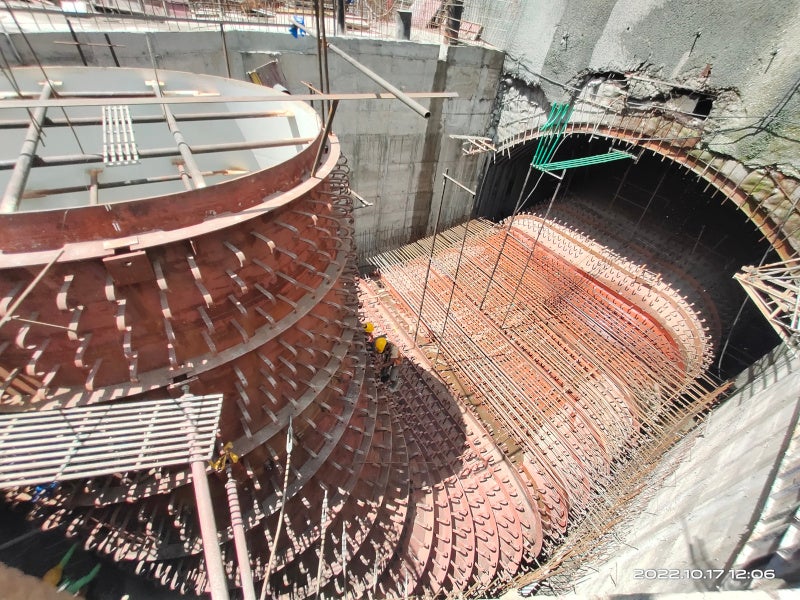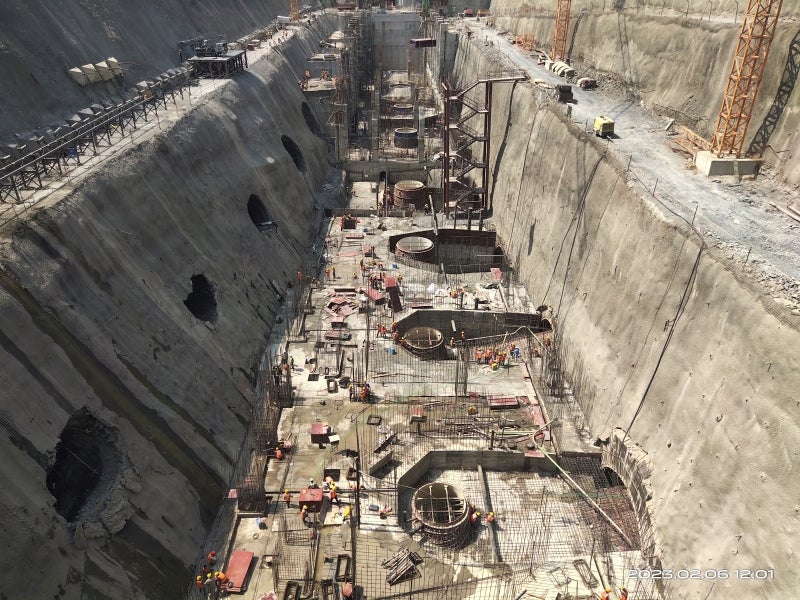The Pinnapuram integrated renewable energy project (IREP) is a combined solar, wind and pumped storage hydroelectric power project being developed in the state of Andhra Pradesh, India. It is expected to supply dispatchable and schedulable renewable energy to consumers across India.
Renewable energy company Greenko Group is developing the project with an estimated investment of $3bn.
The Government of Andhra Pradesh approved phase one of the project, which will feature 1GW of solar, 600MW of wind and 1.2GW of standalone pumped storage hydroelectric power (HEP) with a storage capacity of 10.8GWh.
The capacity will be increased in subsequent stages to 3GW solar, 2GW wind, and 2.4GW HEP respectively, which will be based on technological feasibility, site viability, and other associated requirements.
Greenko is initially developing the pumped storage HEP component of the project with an estimated investment of Rs64.63bn ($880m approximately). Construction on the pumped storage HEP commenced in May 2022 and commissioning is expected in 2025.
Location
The Pinnapuram IREP is located at Pinnapuram, which is located 60km away from the Kurnool district of Andhra Pradesh in India.
The pumped storage HEP will be developed on 714ha of land including 380ha of forest land.
Pinnapuram project details
The standalone pumped storage HEP will include an upper and lower reservoir with a storage capacity of 1.2 thousand million cubic feet (TMC) each. The reservoirs will be enclosed by rockfill embankments at an average height of 12m to 14m, and a maximum height of 33m for the lower reservoir and 35m for the upper reservoir. The reservoirs will be enclosed by 9.6km-long and 45m-high rockfill dams.
Water from the existing Gorakallu reservoir will be filled in the reservoirs. The state government of Andhra Pradesh has allocated non-consumptive reutilisation of 1.3TMC of water from the Gorakallu reservoir for the project. The water stored in the reservoirs will be used for energy storage and discharge and any losses due to evaporation will be recouped periodically.
The HEP power plant will include a 45m power intake structure comprising five inclined circular steel-lined penstocks and one inclined circular steel-lined penstock that bifurcates into two. The penstocks will be 760m long and 7m in diameter.
A surface powerhouse will be located downstream of the upper reservoir and comprise four 240MW vertical-axis reversible Francis turbines with a generator/motor, and two 120MW reversible Francis turbines with a generator/motor. A 70m-wide concrete line tail race channel and a 1,300m-long connecting tail race channel to the lower reservoir will also be part of the plant.
The power plant will utilise 1,480MW to pump 1.2TMC of water from the lower reservoir to the upper reservoir in 8.73 hours.
Grid connection
The electricity generated by the power plant will be evacuated by two 400kV double-circuit transmission lines. A 20km-long transmission line will connect to a 765/400kV substation located at Orvakallu, operated by the Power Grid Corporation of India, during which the other 6km transmission line will connect to the Pinnapuram IREP central pooling station (CPS).
The CPS will evacuate electricity to interstate consumers. It will feature Greenko’s renewable energy management centre and an intelligent energy platform to monitor, forecast and balance the energy and storage services.
Contractors involved
Environmental consultancy RS Envirolink Technologies was contracted to prepare the environmental impact assessment for the pumped storage HEP while infrastructure consultancy Aarvee Associates prepared the feasibility study.
Technology company Andritz was contracted to supply electromechanical equipment for the pumped storage HEP and is responsible for the design, production, installation and commissioning of the four 240MW units, two 120MW reversible pump units, main inlet valves, and related auxiliaries.
Carpi Tech, a waterproofing solutions provider and a subsidiary of general contractor Freyssinet, provided waterproofing systems for the upper and lower reservoirs.
Engineering company AFRY provided design engineering services for the pumped storage HEP.
Engineering and project consultancies Tata Consulting Engineers and Megha Engineering, respectively, are also involved in the project.





